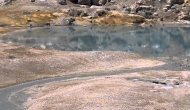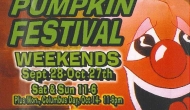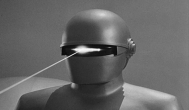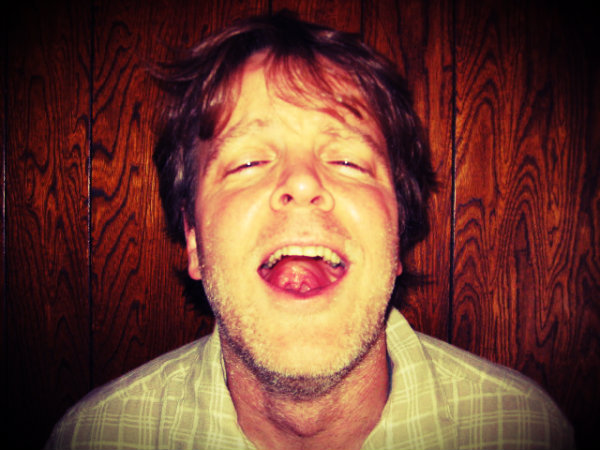
Every year after the Oscars telecast I receive dozens of emails from my students saying that they noticed something unusual, something about how actors seem different from themselves and the other people they encounter in daily life. My students aren’t quite sure what the difference is, but they have a sense that actors do something that they don’t. I am going to give you a hint, look at the faces of the actors as they walk to the podium to collect their awards. Still not getting it? Now think about the movies you may have seen these actors in. Think about a particular scene that has impacted you in some way. Still not quite sure? Well, then I’ll tell you. The answer is facial expressions. Professionally trained actors have learned to use facial expressions in their work in the movies. But here’s the catch, they have also learned to use them in their everyday lives, and that’s why they seem so different from the rest of us. At first, these “facial expressions” may not register with the average person who is accustomed to communicating only via telepathy. But look closely. Do you see it, now? The way the lips might pull back to reveal a smile. The way the brow may wrinkle to indicate consternation. These actors are using facial expressions without you even being aware of it, but these subtle “non-verbal” cues can have a powerful emotional effect.
In my role as a professional life coach, I have been teaching regular people, those who are not professionally trained actors, to use facial expressions in their daily lives since 2009. Many of my students have noticed a marked difference in how they are perceived by their friends and co-workers.
Recently, I sat down with Dan O’Day McClellan to explore the use of facial expressions. The first thing I tell my students is not to move too fast, both literally and figuratively. Remember actors have years of training. Tom Cruise and Adam Sandler spent decades learning how to incorporate facial expressions into their nuanced performances.
It is essential that you prepare yourself physically, mentally, and spiritually before venturing in the world of frowns, eyebrow raises, and scowls. With Dan, I began by applying my patented facial loosening balm, which I sell to the public – a 6oz. jar is only $149 and if you act now, you can receive a 10% percent discount on any purchase over $400. That said, you don’t necessarily need my patented balm, though it is recommended, and may simply choose to whip up something at home. My balm contains 100% pure coconut oil, mixed with fermented Baltic Sea water, powdered rhino horn, and scorpion tail venom at a ratio of 9:3:7:120. If you do not have access to these ingredients you may also simply ingest 3 and 1/2 cups of 80 proof vodka or sour mash whiskey.
After we let the balm settle for slightly less than two hours, Dan and I were ready to begin. We started with Dan’s face at rest and gradually progressed through a series of expressions that we labeled and photographed as a reference for his later use.
To Dan’s credit, he is what I would classify as an “Excelsior,” a rapid learner. In our case, it only took three more hours of careful coaching before Dan was able to begin using facial expressions. The average new facial expression user can expect a learning curve of 48-72 hours before they will begin seeing tangible progress.
They say a picture says a thousand words. A facial expression can say up to 43 words.
And there you have it, a full cycle of facial expressions is complete. In summation, facial expressions are a powerful tool to convey various emotional states spanning the gamut from happiness to sorrow and can be used by anyone, provided that the proper precautions are taken.
Next week, Dan and I will be addressing the topic of “hand gestures” used by themselves and in conjunction with facial expressions to achieve profound gains in your overall personal communication strategy.
Until then, I hope you will have a pleasant journey as you begin to gradually re-incorporate the use of your physical body in your day to day activities.
To see the second part of our seminar click HERE.
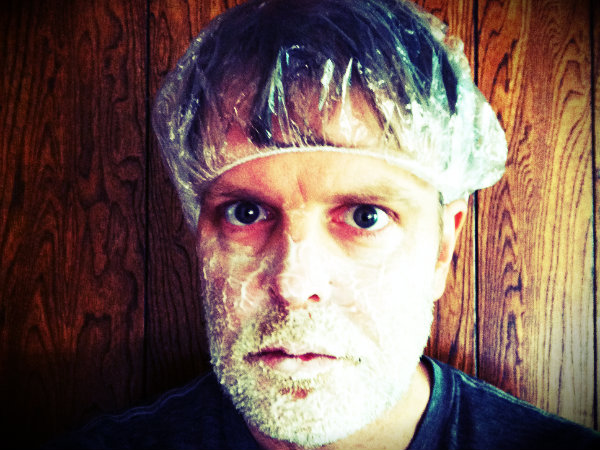
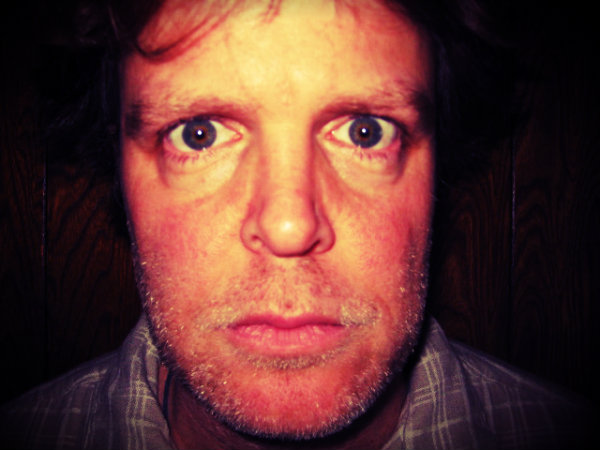
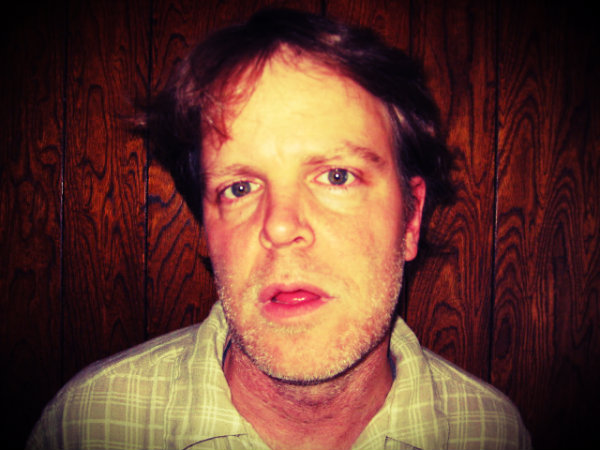
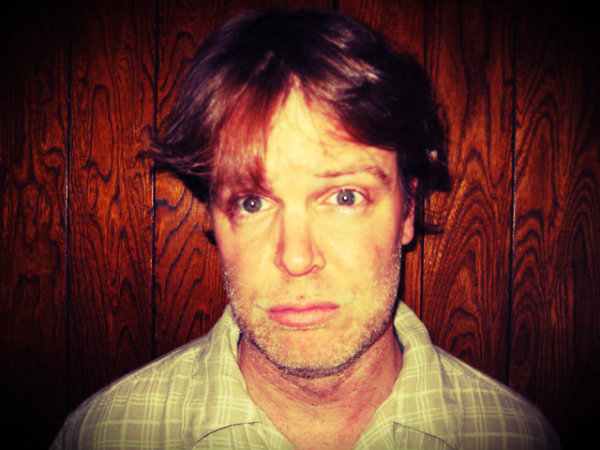
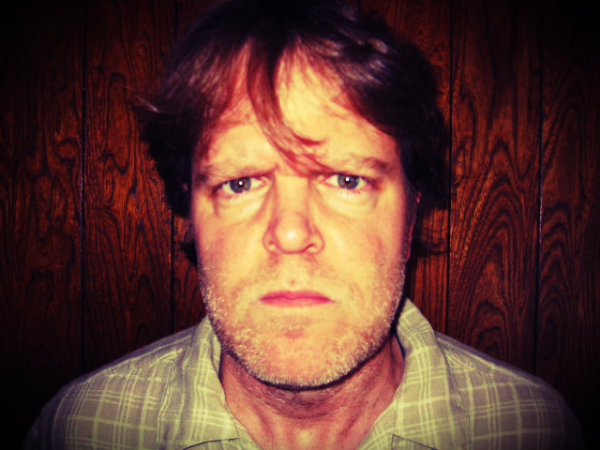
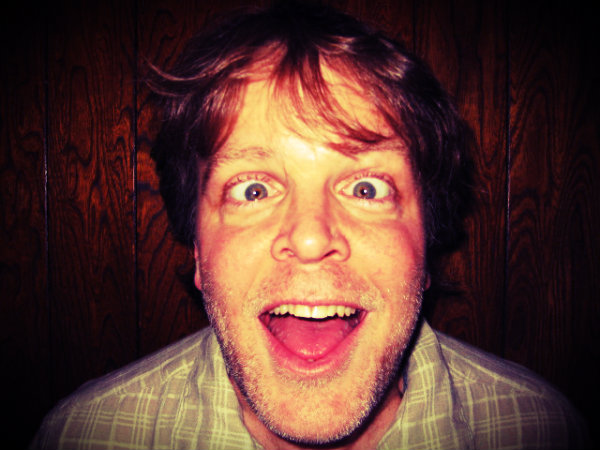
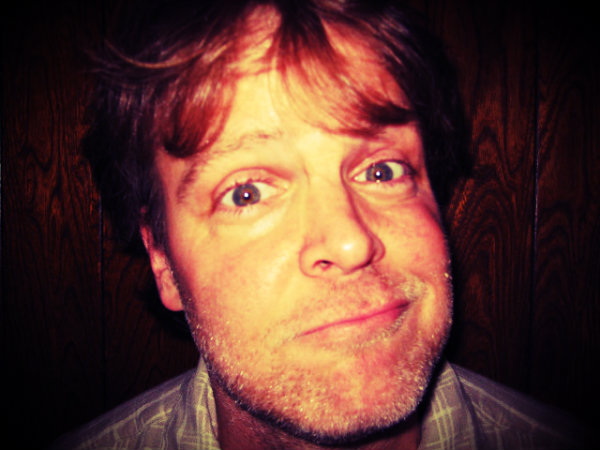

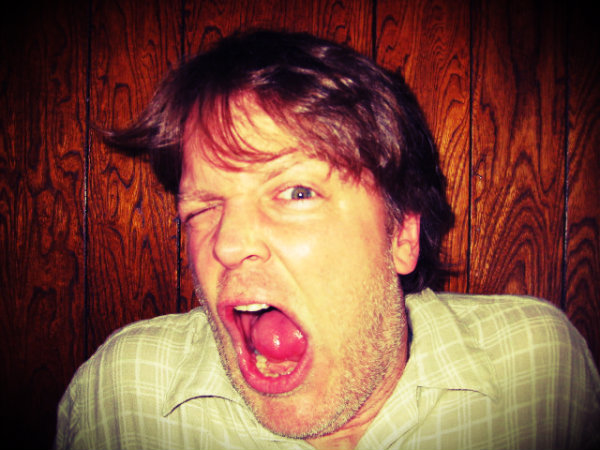
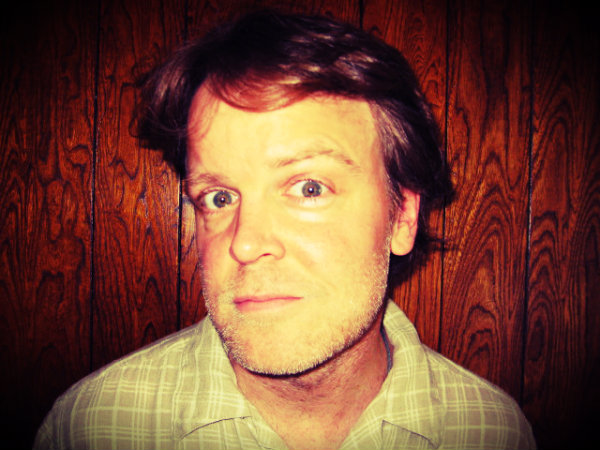

![Sunset - Pelham Shore Park - Long Island Sound [PHOTOS]](https://sheamagazine.com/wp-content/plugins/special-recent-posts-pro/cache/MjAwMTAwbm9JTUdfMzM3MC1SRVNJWkU=.jpg)



![Let's Go to the Empire State Building - Shall We? [PHOTOS]](https://sheamagazine.com/wp-content/plugins/special-recent-posts-pro/cache/MjAwMTAwbm9JTUdfMzkxNjE=.jpg)
![Let's Go to Chinatown, Shall We? [PHOTOS]](https://sheamagazine.com/wp-content/plugins/special-recent-posts-pro/cache/MjAwMTAwbm9jaGluYXRvd24tMi1idy0=.jpg)


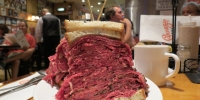
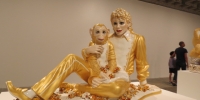

![Scenes from Washington Square Park - NYC [PHOTOS]](https://sheamagazine.com/wp-content/plugins/special-recent-posts-pro/cache/MjAwMTAwbm9JTUdfNDA1Mg==.jpg)

